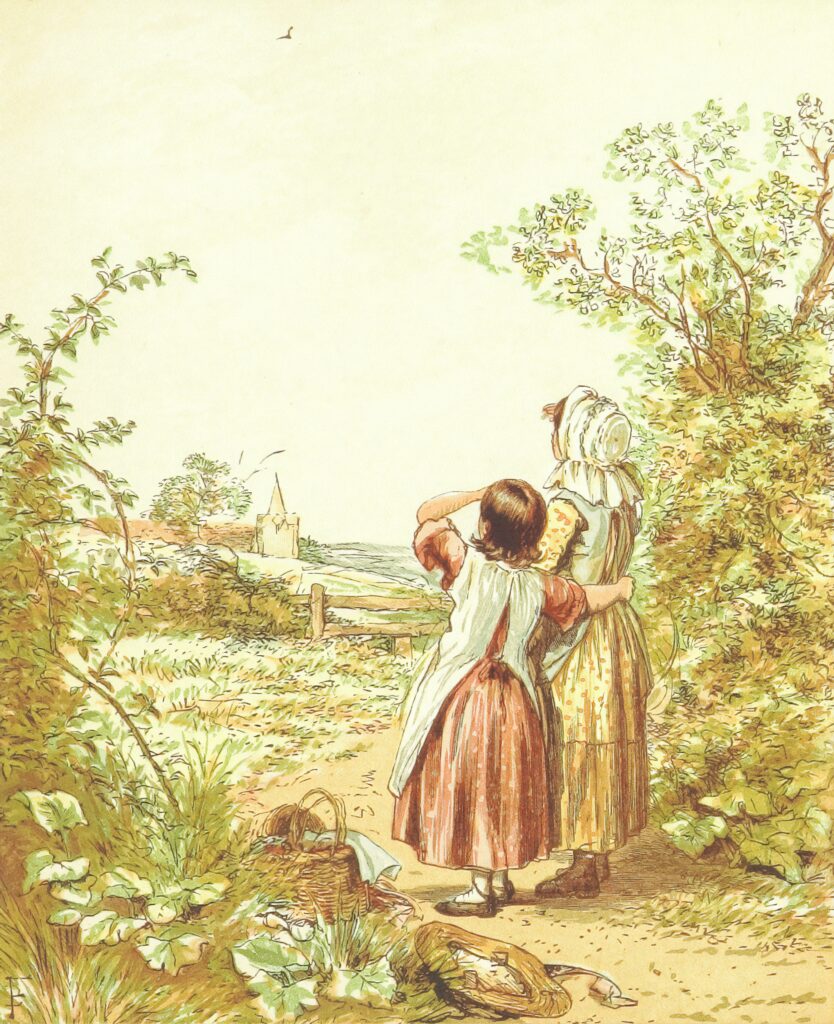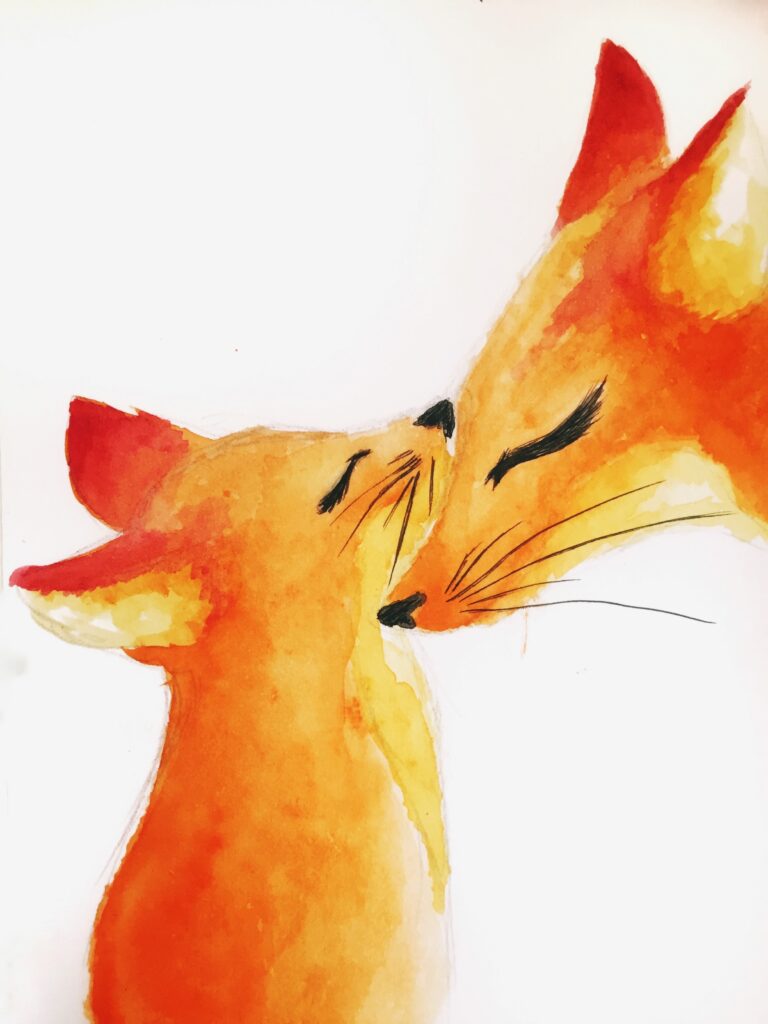My Personal Journey with my Daughter

Early in my career as a parent, when Polina was a toddler, I attended a bi-weekly parenting group inspired by Waldorf tradition. Waldorf believes in protecting and, in essence, extending childhood. I liked that idea. In American culture, there is pressure on children to grow up fast. Sometimes we see it in children’s clothing, cut in a way that’s more adult and less child like. Sometimes it’s comments like telling a four year old they’re “big.” Big compared to what? Compared to an infant, a 4 year old is big, but compared to the span of her life, not even close.
I valued the Waldorf community for recognizing children for who they are- children- and not pressuring them to grow up fast for the sake of parents’ convenience. The Waldorf school of thought protects childhood through methods such as refraining from talking to children about things they don’t have any control over, like politics and climate change. It’s not that they aren’t important, it’s that a child is a sponge and there is no point implanting stressors they can’t control. A child’s mind should be kept clean and pure with childish things, like make believe. I like that Waldorf adherents refrain from electronics and let children develop their brains and creativity with much fewer toys. When we gift our child materialism, we gift our children the same problem we have ourselves. Too much stuff creates aversion. We become prisoners in our own homes and stifled in our creativity.
The Waldorf’s attention to childhood was even more personal for me. I was a child that was emotionally neglected. Our group doesn’t get a lot of attention. There is less sympathy for emotionally neglected then, say, being physically abused or a child of an alcoholic parent. The bandwidth for human suffering is only so big. I am, in a sense, grateful that it wasn’t worse, although it was still very, very bad. Not having a sounding board is another injury. Not only are we hurting, we aren’t even heard.
Emotional neglect is like a Chinese water drop. You don’t notice it at first. You don’t know what it is because you can’t see it, touch it or hear it. It’s power is its absence. You search for what’s wrong and find… nothing. You live your life until you notice you don’t have anything to stand on. The world swallows and spits out a contorted version of you. That’s how you end up destroying your life or in therapy, or both.
Once I realized what was happening, which took many years because I had to go through a maze of confusion, I vowed not to let that happen to my daughter. My wiring got the better of me on too many occasions, but one thing I got right- I didn’t abandon my daughter when she cried. In fact, I couldn’t stand to be away from her. When she cried, I had a flashback to when I cried. I was left alone and the pain was so acute, I felt an instinct to comfort my child, which I did, thousands of times over the years.
My Waldorf mentor advised allowing a child to cry if they are not in distress. How is one to know if a cry is a distress signal or not? Aren’t all cries, to some extent, an expression of distress? She shared how she comforted, but sometimes left her six kids to cry it out in her presence. As they grew older, their internal state did this feedback loop where they wanted to cry, knew they would be okay, and bypassed crying altogether. My mentor said she could see it in their faces. I wasn’t ready to let my child cry it out. Watching my daughter cry was torture. I couldn’t NOT comfort her.
Then, an interesting thing happened in my development as a parent. My daughter, who turned 11 two weeks ago, got upset over something and began to cry. I took her in my arms as I usually do, but instead of what I now realize is “pressuring” her to stop, I just held her and let her cry. In the past, it felt like abandoning her, but now, for the first time, I felt what my mentor had talked about- the cycle of going down and coming back up. I held her as she went through that cycle. Then, she felt better and jumped to do her math homework. A few minutes later, I heard, “thank you.” I looked up to see her looking at me from her math homework.
It wasn’t much later that she asked for my help with her homework. I put my laptop to the side as we worked on the problems together. Later, when we completed the homework, it reinforced to me that we have a relationship through thick and thin. Eleven years of conscious relationship building has yielded… a strong, tangible relationship.
I remember my mother when she was 25. I was 6. As my mother watched me grow up, I watched her grow up.
When I comforted my daughter, I comforted myself. Over the years, supplying her with healing has helped me heal.
